| RECENT POSTS DATE 12/11/2025 DATE 12/8/2025 DATE 12/3/2025 DATE 11/30/2025 DATE 11/27/2025 DATE 11/24/2025 DATE 11/22/2025 DATE 11/20/2025 DATE 11/18/2025 DATE 11/17/2025 DATE 11/15/2025 DATE 11/15/2025 DATE 11/14/2025
| | |  CORY REYNOLDS | DATE 9/1/2015In the Prologue to Made in the Americas, the catalogue to MFA Boston's critically acclaimed show on Asia's influence on Colonial American art and design, Timothy Brook writes, "The 1769 portrait of the Boston merchant Nicholas Boylston by John Singleton Copley shows him dressed in a long, loose silk robe called a banyan or Indian coat. The term banyan originally referred to India traders or merchants of the seventeenth century, and by 1755 the word became synonymous with the loose-fitting, informal gowns Europeans brought back from India and the Far East. (The Dutch favored especially the Japanese kosode.) Banyans, which became highly popular in Europe in the eighteenth century, were most commonly associated with men (and women) of leisure and mercantile, artistic and intellectual pursuits. In Copley's portrait, the sitter is dressed in a banyan made of a rich brown damask of either European or Chinese manufacture, and he wears a turban or soft cap in place of a wig. While Boylston is depicted self-consciously at east and in casual attire and pose, the pile of account books resting beneath his arm and the view of the ocean in the background clearly refer to the far-flung mercantile empire—partly based on the transshipment of Asian commodities to the American colonies—that had created his enormous wealth. The prominent role of the banyan, a luxury good, in this portrait serves as both a marker of high economic status and a projection of the sitter's worldliness and refinement." MFA Publications, Museum of Fine Arts, Boston
Hbk, 7.75 x 10.25 in. / 160 pgs / 100 color.
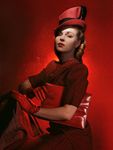 DATE 12/3/2025 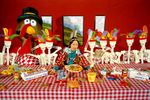 DATE 11/27/2025  DATE 11/22/2025 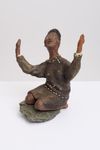 DATE 11/20/2025  DATE 11/18/2025  DATE 11/13/2025 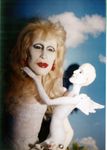 DATE 11/7/2025  DATE 11/4/2025  DATE 11/2/2025 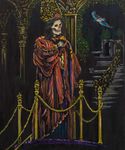 DATE 10/31/2025 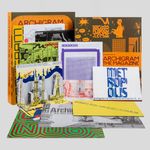 DATE 10/28/2025 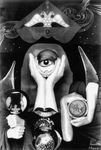 DATE 10/23/2025 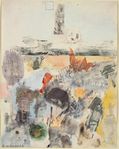 DATE 10/22/2025 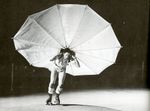 DATE 10/22/2025  DATE 10/21/2025 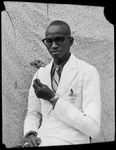 DATE 10/20/2025  DATE 10/16/2025  DATE 10/14/2025  DATE 10/11/2025 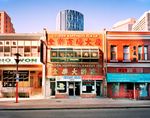 DATE 10/7/2025  DATE 10/6/2025 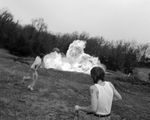 DATE 10/3/2025  DATE 10/1/2025 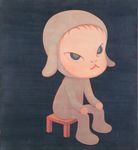 DATE 9/23/2025 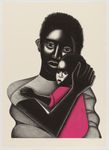 DATE 9/21/2025 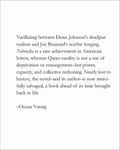 DATE 9/17/2025  DATE 9/10/2025  DATE 9/6/2025  DATE 9/4/2025  DATE 9/2/2025  DATE 9/1/2025 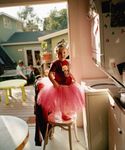 DATE 8/27/2025  DATE 8/25/2025  DATE 8/23/2025 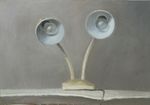 DATE 8/21/2025 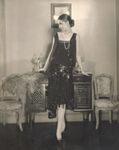 DATE 8/18/2025  DATE 8/15/2025  DATE 8/12/2025  DATE 8/9/2025  DATE 8/6/2025 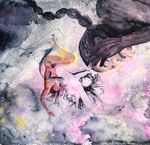 DATE 8/5/2025  DATE 7/31/2025  DATE 7/28/2025 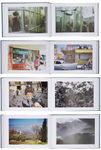 DATE 7/25/2025  DATE 7/21/2025  DATE 7/18/2025 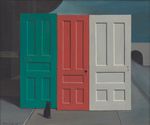 DATE 7/11/2025  DATE 7/3/2025  DATE 6/30/2025  DATE 6/26/2025  DATE 6/22/2025  DATE 6/20/2025  DATE 6/13/2025  DATE 6/12/2025  DATE 6/9/2025  DATE 6/5/2025  DATE 6/1/2025  DATE 5/29/2025  DATE 5/28/2025  DATE 5/23/2025  DATE 5/20/2025  DATE 5/16/2025  DATE 5/12/2025  DATE 5/8/2025  DATE 5/6/2025  DATE 5/4/2025  DATE 5/1/2025  DATE 4/24/2025  DATE 4/21/2025  DATE 4/17/2025  DATE 4/14/2025  DATE 4/10/2025  DATE 4/8/2025  DATE 3/31/2025  DATE 3/27/2025  DATE 3/27/2025  DATE 3/20/2025  DATE 3/18/2025  DATE 3/16/2025  DATE 3/15/2025  DATE 3/13/2025  DATE 3/9/2025  DATE 2/19/2025  DATE 2/18/2025 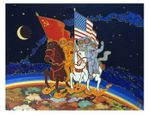 DATE 2/17/2025 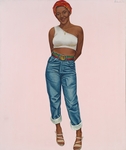 DATE 2/15/2025 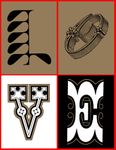 DATE 2/14/2025 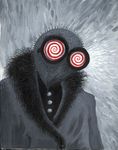 DATE 1/26/2025 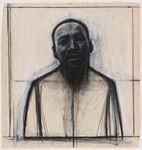 DATE 1/20/2025 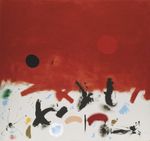 DATE 1/15/2025 |
|